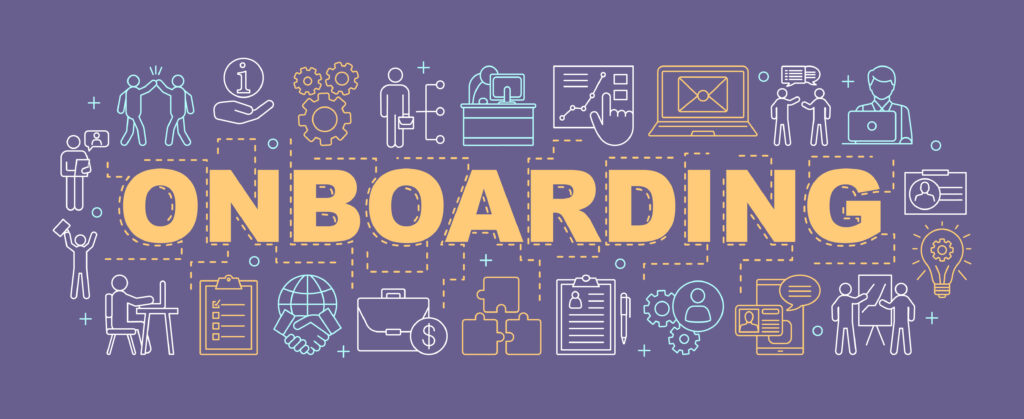Write Job Descriptions That Stand Out and Attract Top Talent
In the ever-evolving realm of recruitment, where candidate and employer priorities shift, new roles emerge and technologies advance, one element remains steadfast: the significance of job descriptions.
Beyond mere checklists of skills, job descriptions serve as gateways to attracting top talent (if you write them well), set clear expectations, and enhance your employer brand. In today’s landscape, ensuring your job descriptions captivate the right audience is paramount.
In my opinion, many employers miss out on exceptional talent due to lackluster job descriptions. Here’s how you can banish subpar job descriptions once and for all.
Crafting Captivating Job Descriptions
Job descriptions offer candidates vital insights into role responsibilities, required skills, compensation and benefits. But they can be more than informative—they can be compelling.
Job descriptions often shape a candidate’s initial impression of a role and company. Ensuring your description resonates with candidates increases your chances of attracting suitable talent and enticing them to want to join your team.
While the specifics may vary, a winning job description should include:
- Clear Job Title and Summary: A concise, jargon-free overview of the role and its responsibilities.
- Detailed Duties and Responsibilities: A breakdown of key tasks and responsibilities provides clarity on what the role entails. Also add in how the person in this role will be adding value to the team and/or company.
- Required Qualifications and Skills: Clearly outline both hard and soft skills necessary for success.
- Compensation and Benefits: Highlight the offered salary, if there is bonus potential and additional perks, such as flexible working arrangements.
- Company Culture: Offer insights into your company values and commitment to diversity, equity, and inclusion (DEI).
- Development Opportunities: Showcase avenues for growth and career progression within the role.
Inclusivity is Crucial in Your Job Descriptions
The inclusivity of your job descriptions can make or break its appeal to candidates. Here’s how to ensure your job descriptions foster inclusivity:
1. Avoid Gender-Coded Language: Gender bias in job descriptions is pervasive, often subtly embedded in the language used. Even if explicit gender preferences are not stated, certain terms can inadvertently attract or deter candidates based on gender stereotypes. For instance, words like “dominant” or “competitive” may convey a masculine connotation, while “collaborative” and “nurturing” tend to resonate more with female applicants. Utilizing advanced A.I. tools can assist in identifying and eliminating gender-coded language from job descriptions, ensuring inclusivity and equal opportunity.
2. Address Other Forms of Bias: Be mindful of language that may inadvertently favor certain demographics, ages, or abilities. Here are some additional examples where bias may inadvertently appear:
- Ethnicity: Terms like “local candidates preferred” or references to specific cultural backgrounds may unwittingly signal a preference for candidates of a particular ethnicity, introducing racial bias into the recruitment process.
- Age: Describing ideal candidates as “fresh young go-getters” or “industry veterans” can subtly imply age preferences, potentially excluding candidates from different age groups. Avoiding age-related language ensures inclusivity across all age demographics.
- Disability: Job descriptions that specify physical attributes or skills without acknowledging accommodations for individuals with disabilities can unintentionally exclude qualified candidates. It’s crucial to promote inclusivity by emphasizing your commitment to providing reasonable accommodations for all applicants.
By recognizing and addressing these biases, employers can create job descriptions that attract a diverse range of qualified candidates and foster a more inclusive workplace culture.
3. Minimize Corporate Jargon: Simplify language to ensure clarity and accessibility, avoiding industry-specific terms that may alienate potential candidates.
Many companies use jargon and technical terms in their job descriptions and other documentation. While these terms may make sense to existing employees and stakeholders, they can be confusing for new employees to understand.
Listings that rely heavily on technical terms may be unable to capture the attention of highly skilled employees who have yet to learn the language of the industry. With this in mind, deliberately choose words and phrases that aren’t overly “industry-specific” when crafting job descriptions.
4. Highlight DEI Commitment: One easy way to demonstrate diversity and inclusion in your job descriptions is to include specific information about your D.E.I. initiatives. In the section where you discuss your company’s culture, talk about your commitment to providing equal opportunities to everyone.
5. Partner with a Recruitment Expert: Collaborating with a recruitment partner versed in DEI practices can streamline your efforts and minimize unconscious biases.
Quick Tips for Job Description Success
In addition to inclusivity, several strategies can enhance your job descriptions’ effectiveness:
- Clarity and Conciseness: Keep descriptions clear and concise, avoiding unnecessary verbosity.
- Strategic Keyword Usage: Incorporate relevant keywords to increase visibility and searchability.
- Emphasize Employee Value Proposition: Highlight your company’s unique benefits and supportive culture.
- Flexibility in Criteria: Distinguish between essential qualifications and desired attributes to broaden your candidate pool.
- Quality Assurance: Utilize recruitment experts to proofread and optimize your descriptions for maximum impact.
Exceptional job descriptions are paramount for attracting and retaining top talent. They lay the foundation for successful recruitment outcomes, bolstering candidate quality, reducing time-to-fill, and enhancing your employer brand.
With the right approach, your job descriptions can serve as beacons, guiding talented individuals to their ideal roles and fostering mutually beneficial partnerships.












